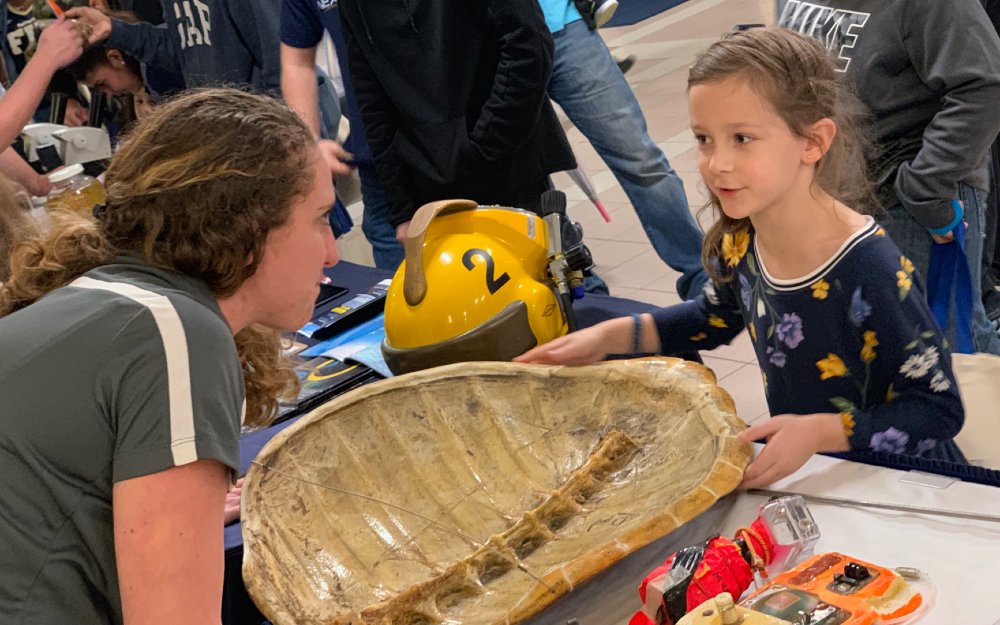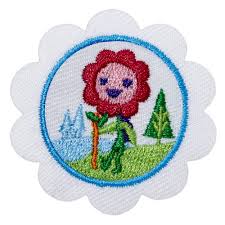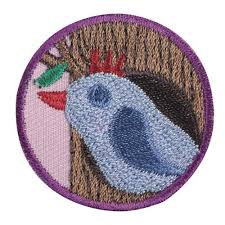Technology Lab
Marine research doesn't always require a wetsuit - especially with the help of remote technology.
Join research expeditions and field work with some of FIU's most adventurous scientists. Explore different types of marine animal camera rigs, then create your own, showcasing how scientists have to think on their feet - or fins.

Reserve This Program
Fill out our form to begin your reservation. Lab experiences last 60 minutes. Each session accommodates up to 30 individuals. Experiences are primarily offered during core hours of 10 a.m. to 3 p.m.
Virtual
- Offered Monday–Friday
- Requires a strong internet connection
- $250 for first virtual lab; 10% each additional virtual lab of the same theme on the same day
In-Person
- Primarily offered on Tuesdays, Wednesdays and Thursdays
- Hosted at your site; requires a classroom, library or other quiet setting
- $300 for first in-person lab; 10% off each additional lab of the same theme on the same day
Requests for alternate days or times will be considered. Within 48 hours after you submit your request, an Education Outreach team member will contact you to discuss your proposed itinerary. Once everything is reviewed and set, the invoice will be sent.
Alignments
Check out how our program aligns to Florida Department of Education and Scout benchmarks:
More to Explore
Want to get more from your adventures?
Combine labs, demos and field trips to reinforce learning and fun.
- Aquarius Journey: Connect to Protect – Take the conservation journey underwater with a biology lab that features Mission Inspire curriculum and focuses on the importance of marine protected areas to the health of all species.
- Shady Science – From tech in the ocean to tech on land, this ecology lab showcases the many different tools researchers use to track ecosystem biodiversity and engage the community in protecting these resources.

